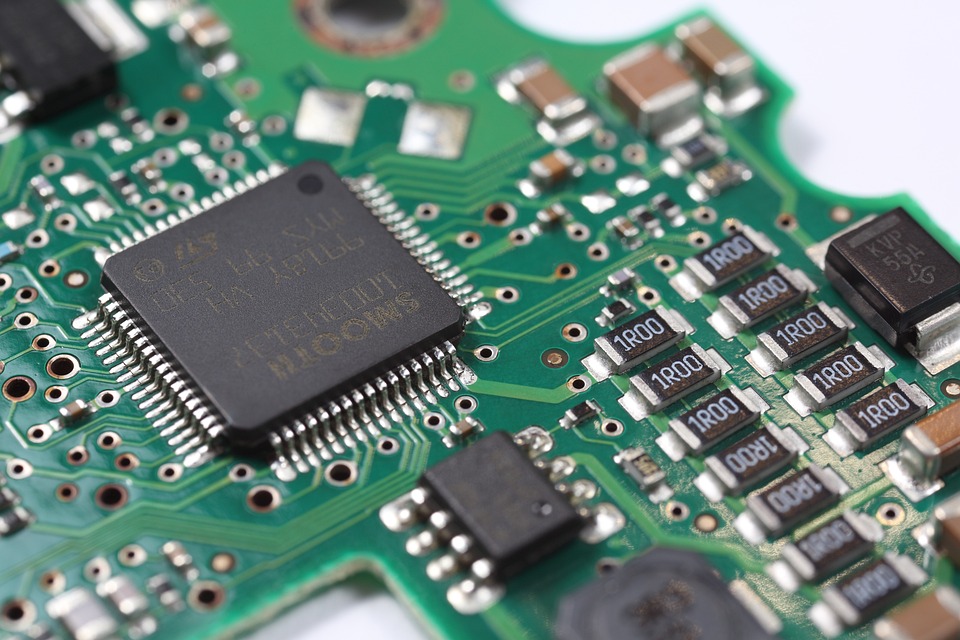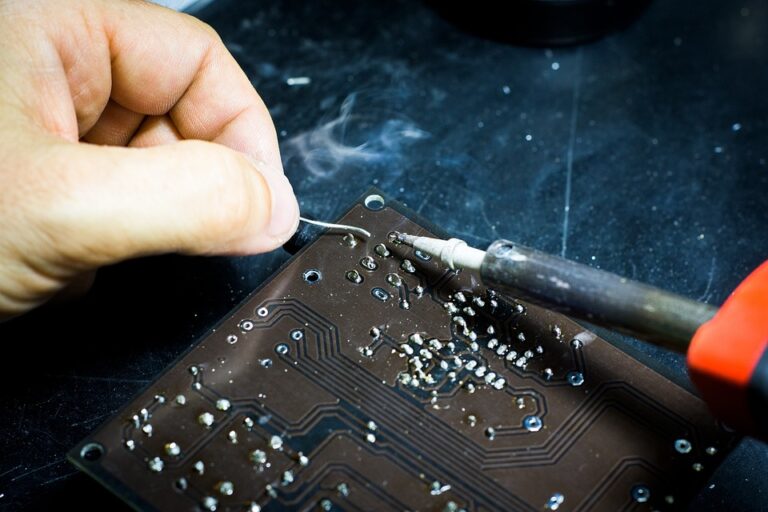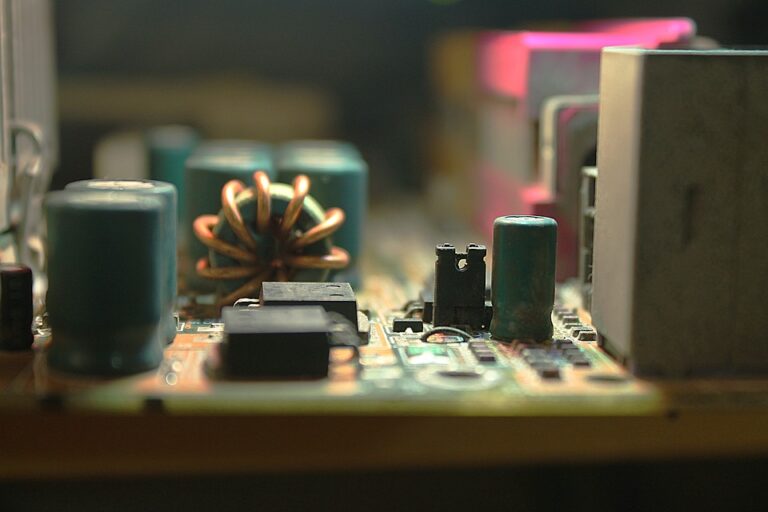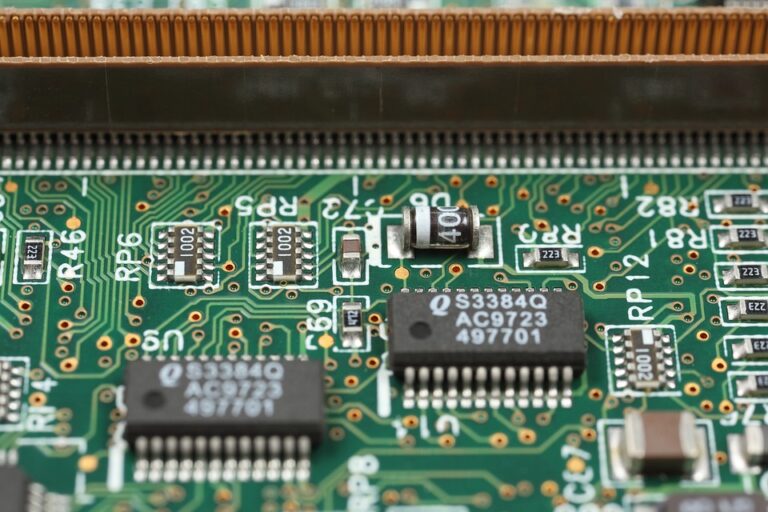
PCB Testing and Inspection: How to Ensure Quality and Reliability
PCB Testing and Inspection: How to Ensure Quality and Reliability
Prior to releasing a printed circuit board (PCB) to the market, it is essential to ensure that it meets the required standards for quality and reliability. This involves a thorough testing and inspection process to identify and rectify any defects or abnormalities. In this article, we will discuss the importance of PCB testing and inspection, the types of tests performed, and the benefits of doing so.
Why is PCB Testing and Inspection Important?
A PCB is a complex electronic component comprising various components, such as wires, resistors, capacitors, and semiconductors. The success of a PCB depends on the quality and reliability of these components, as well as the integrity of the circuit board itself. If a PCB is defective, it can result in costly delays, recalls, and even legal liabilities.
PCB testing and inspection ensure that the board is free from defects, such as:
- Component damage or displacement
- Short circuits or open circuits
- Insufficient soldering or bridging
- Damaged or torn copper layers
Types of PCB Tests
PCB testing and inspection involve a range of tests to ensure that the board meets the required specifications. The types of tests performed depend on the type of PCB, its application, and the industry standards to which it adheres. The following are some common types of PCB tests:
- Visual inspection: A thorough visual examination of the PCB for defects, damage, or abnormality.
- Conformity testing: A series of tests to ensure that the PCB meets the required specifications and standards.
- Functionality testing: A test to ensure that the PCB functions as intended and performs its required functions.
- Reliability testing: A test to determine the PCB’s ability to withstand environmental factors, such as temperature, humidity, and vibration.
Methods of PCB Inspection
PCB inspection is a critical step in the testing process. Inspectors use various methods and tools to inspect the PCB and identify any defects or abnormalities. The following are some common methods of PCB inspection:
- Automated optical inspection (AOI): A high-speed inspection process that uses machine vision and cameras to inspect the PCB.
- Boundary scan testing: A test that inspects the PCB’s boundaries and interfaces to identify any defects or abnormalities.
- In-circuit testing (ICT): A test that inserts probes into the PCB’s connector pins to measure the board’s electrical performance.
Benefits of PCB Testing and Inspection
PCB testing and inspection offer numerous benefits, including:
- Improved product quality: A thorough testing and inspection process ensures that the PCB meets the required standards for quality and reliability.
- Reduced defect rates: Regular testing and inspection help identify defects early on, reducing the risk of costly repairs or recalls.
- Increased efficiency: Automated testing and inspection processes save time and improve productivity.
- Reduced costs: Identifying and rectifying defects early on saves money and resources.
Conclusion
PCB testing and inspection are critical steps in ensuring the quality and reliability of printed circuit boards. A thorough testing and inspection process helps identify defects early on, reducing the risk of costly repairs or recalls. By implementing a comprehensive testing and inspection plan, manufacturers can improve product quality, reduce defect rates, and increase efficiency while reducing costs.
FAQs
- Q: What is PCB testing and inspection?
A: PCB testing and inspection are a series of tests performed to ensure that a printed circuit board meets the required standards for quality and reliability.
- Q: Why is PCB testing and inspection important?
A: PCB testing and inspection are important to ensure that the board is free from defects, such as component damage, short circuits, or insufficient soldering, which can result in costly delays, recalls, or legal liabilities.
- Q: What types of PCB tests are performed?
A: Various types of tests are performed, including visual inspection, conformity testing, functionality testing, and reliability testing.
- Q: What are the benefits of PCB testing and inspection?
A: The benefits of PCB testing and inspection include improved product quality, reduced defect rates, increased efficiency, and reduced costs.




